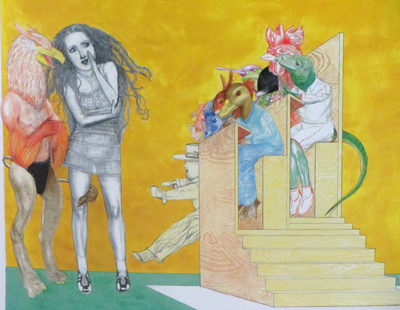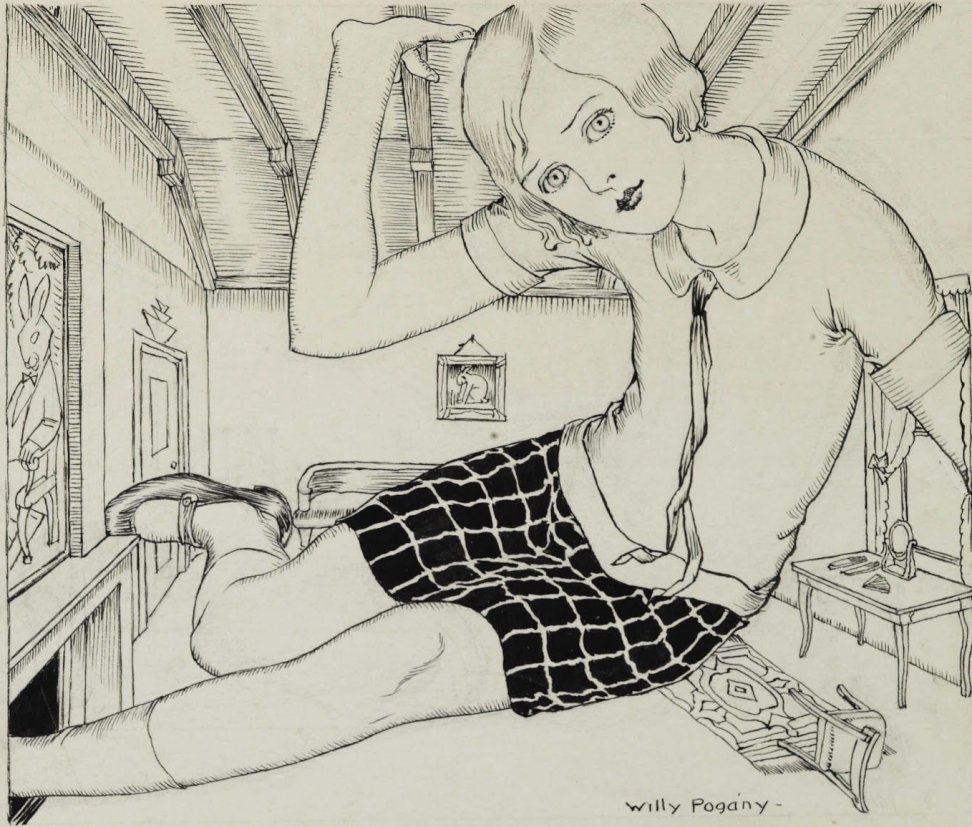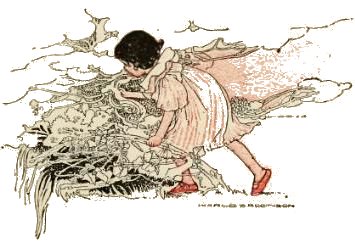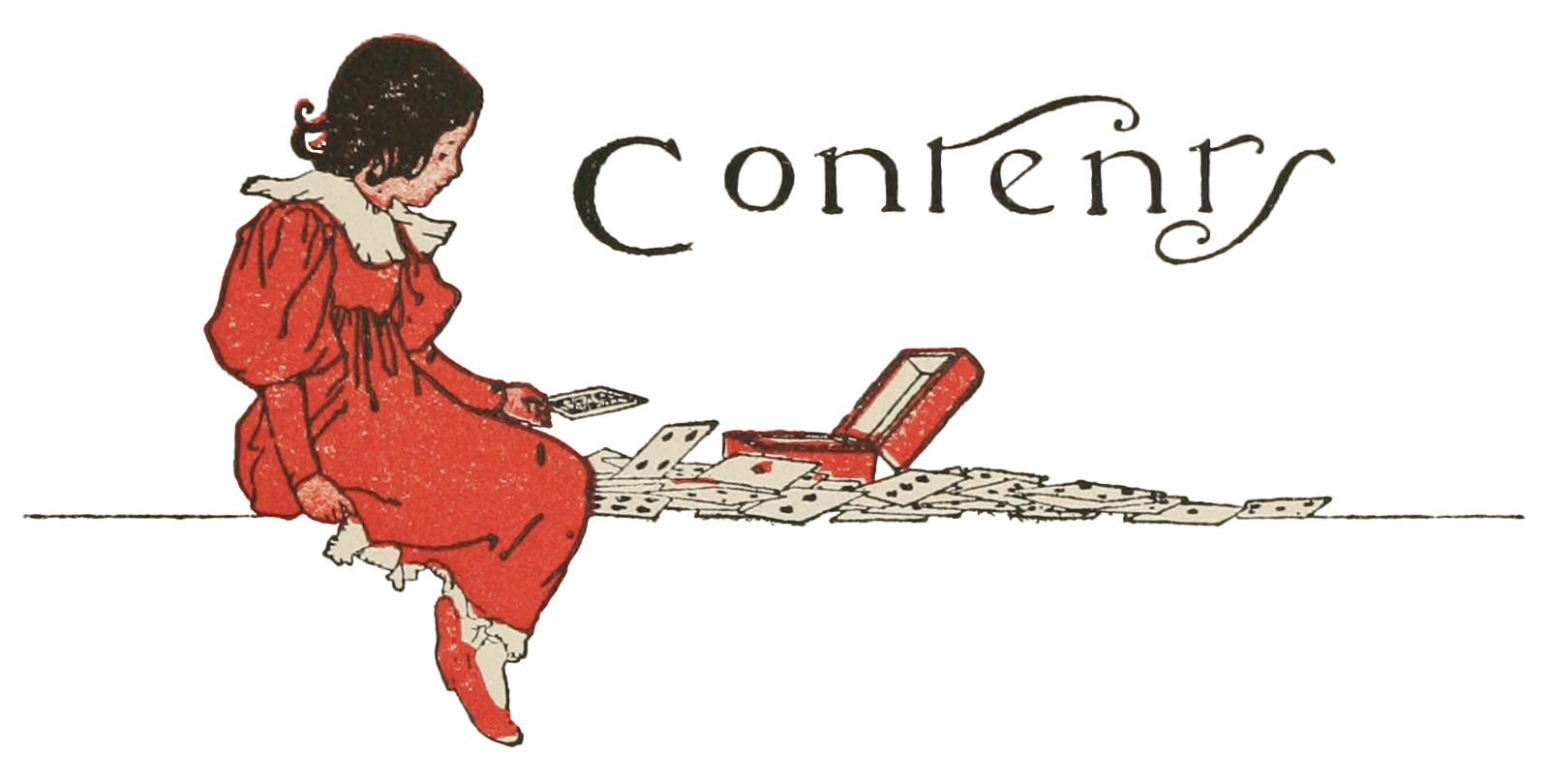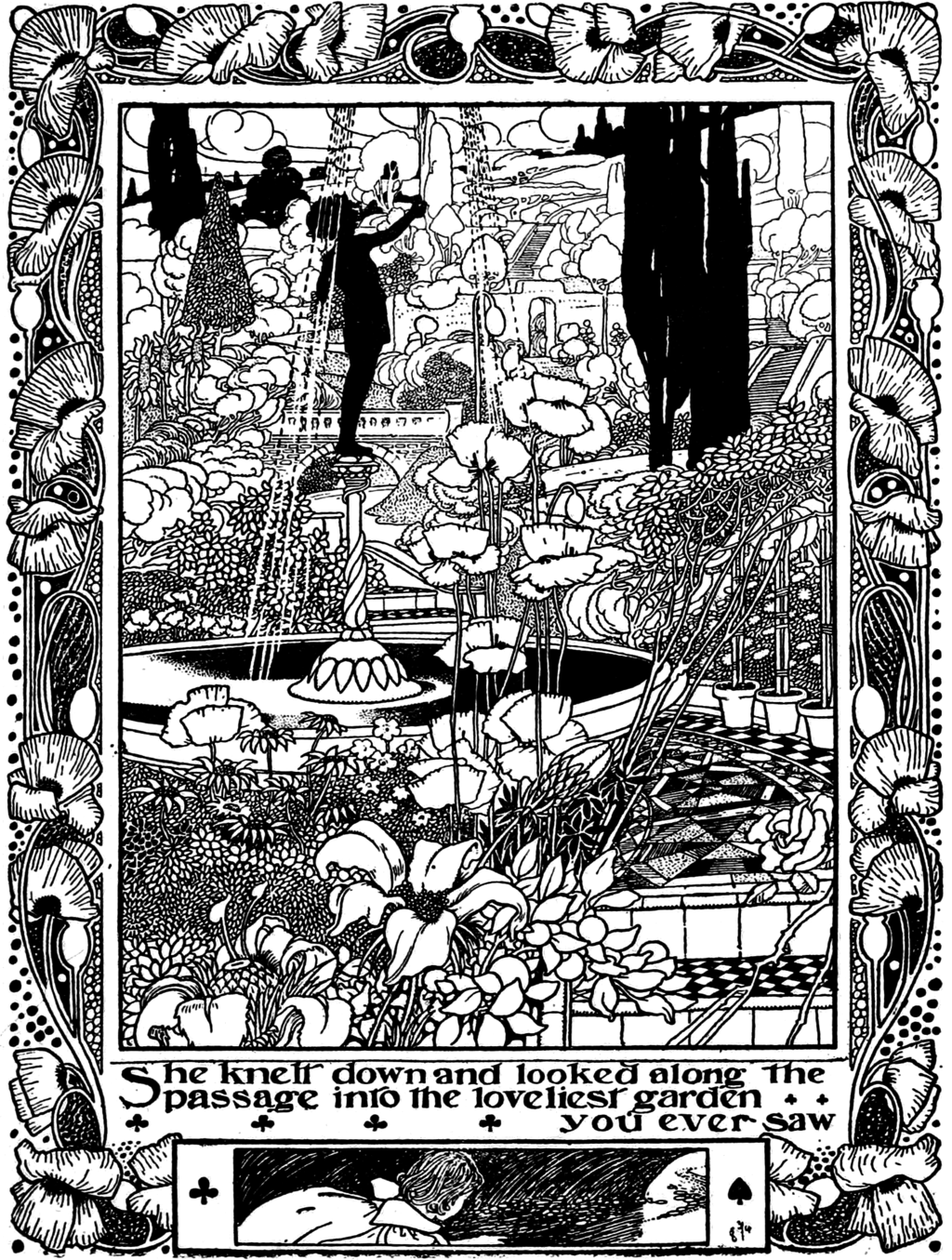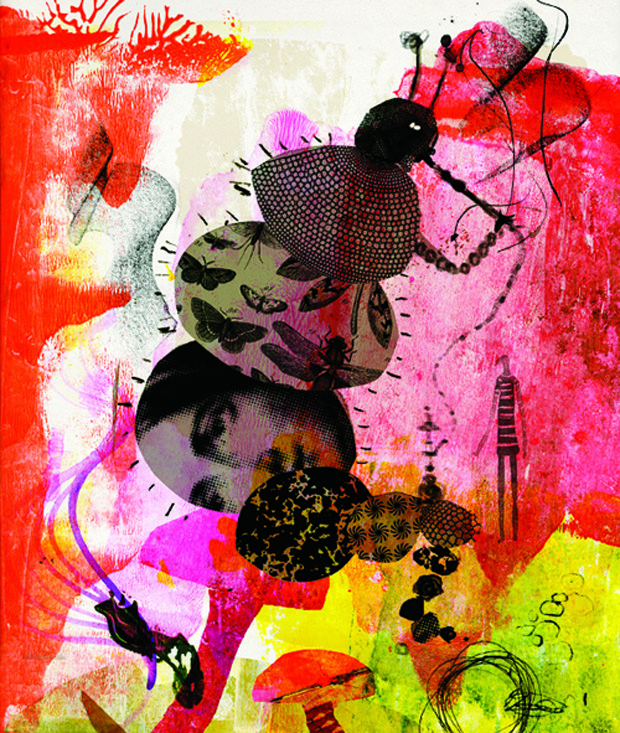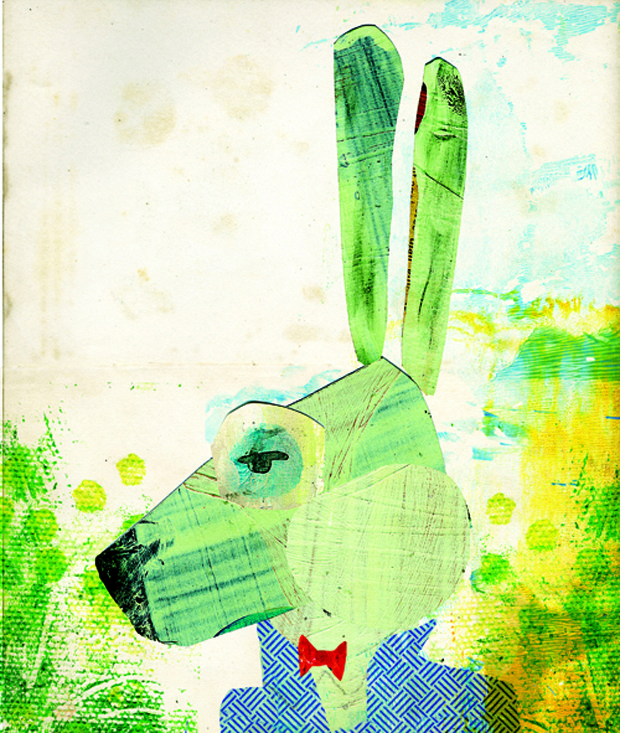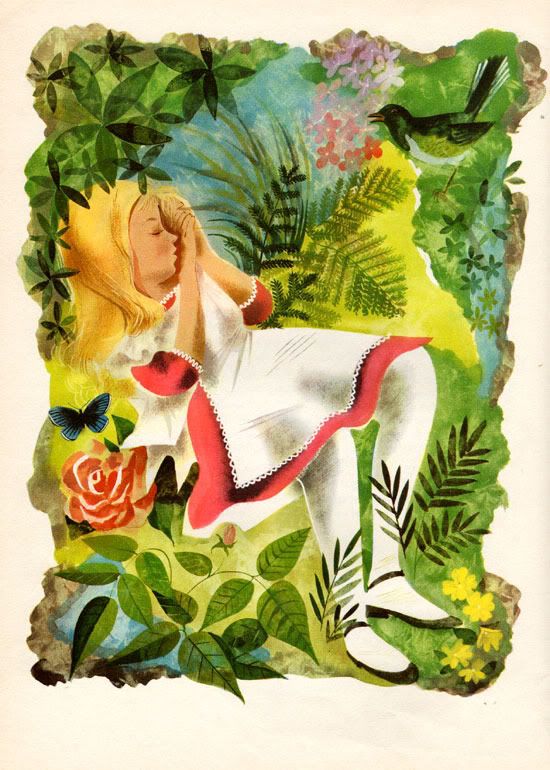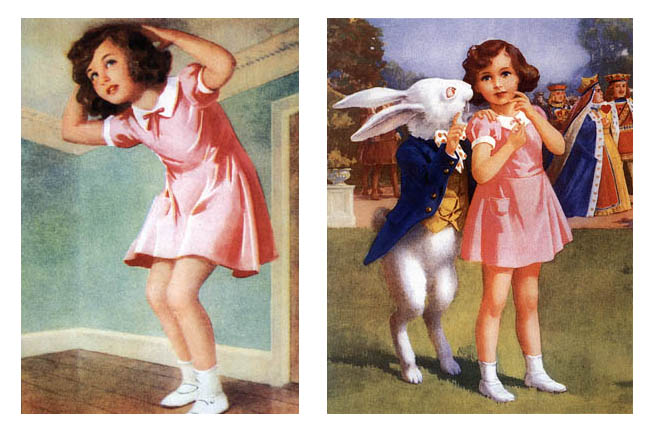Pat Andrea was born in Den Hague into a Dutch family of artists. He studied at the Royal Academy of Art under Co Westerik and later co-founded the ABN Group known as The New Hague School. Still a student, he won The Royal Prize for Painting in 1964 (which he received again in 1972). Andrea was a professor at the École Nationale Supérieure des Beaux-Arts in Paris from 1998 to 2007. He lives and works between Buenos Aires, Paris, and Den Hague. Of note, Pat Andrea was also an illustrator for the Playboy Magazine, which is consistent with his neo-expressionist art and clear focus on sexual motifs. His provocative Alice in the Wonderland, often identified as on of the best illustrations of Carroll’s tale, is no exception.
First published in 2006 by Diane de Selliers in a joint edition that also includes a second volume for Alice through the Mirror (sold together in a case). A second edition with a softcover was published in 2008.
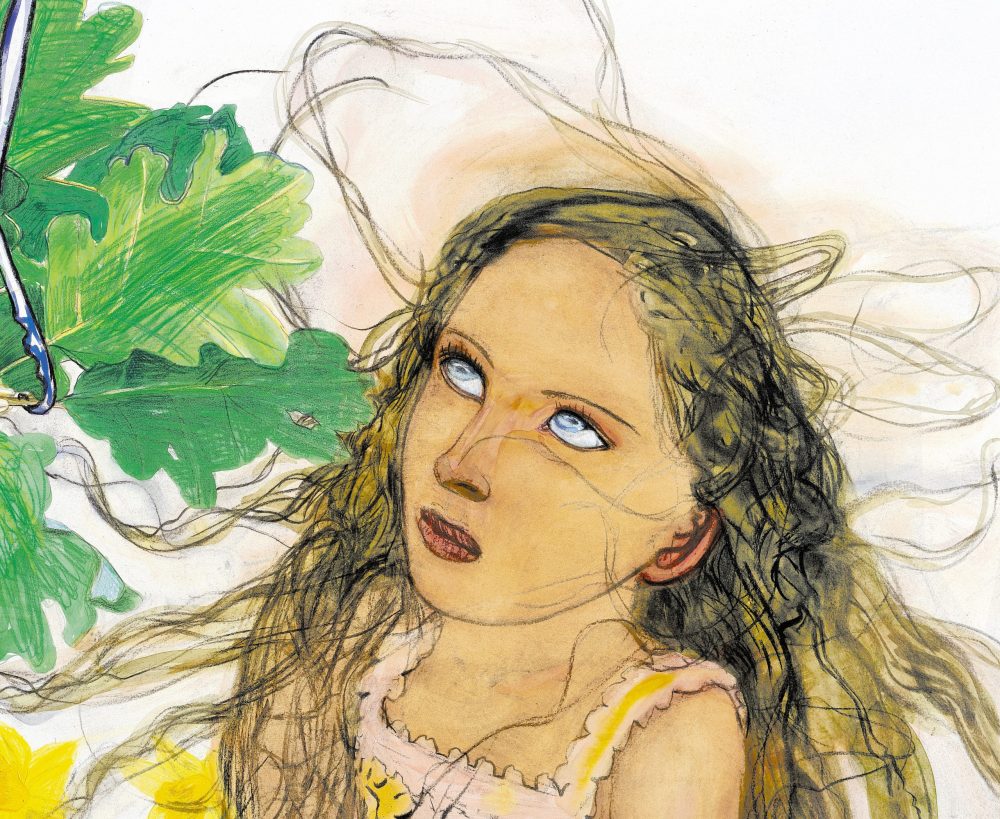
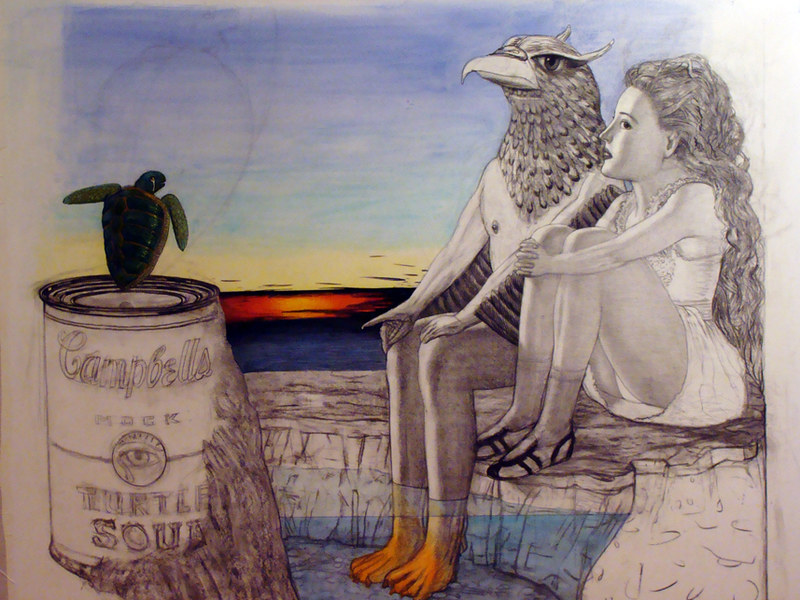


A “dreamlike and nightmarish fantasy, lack of logic, and bizarre characters” that Carroll probably would not dare to dream.
